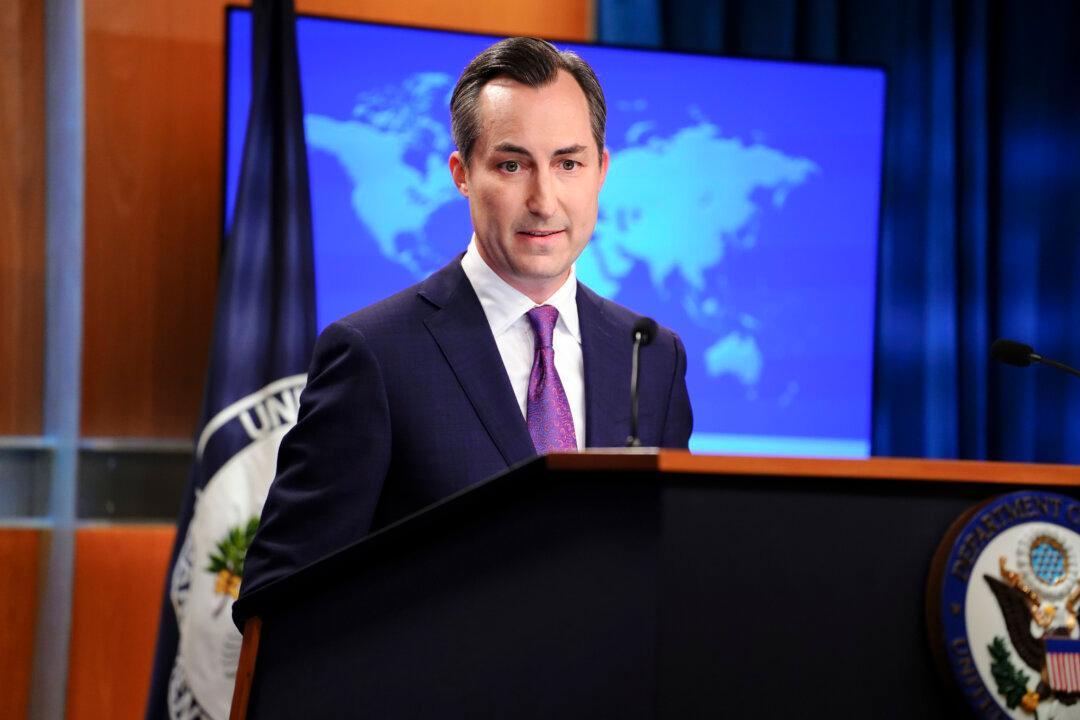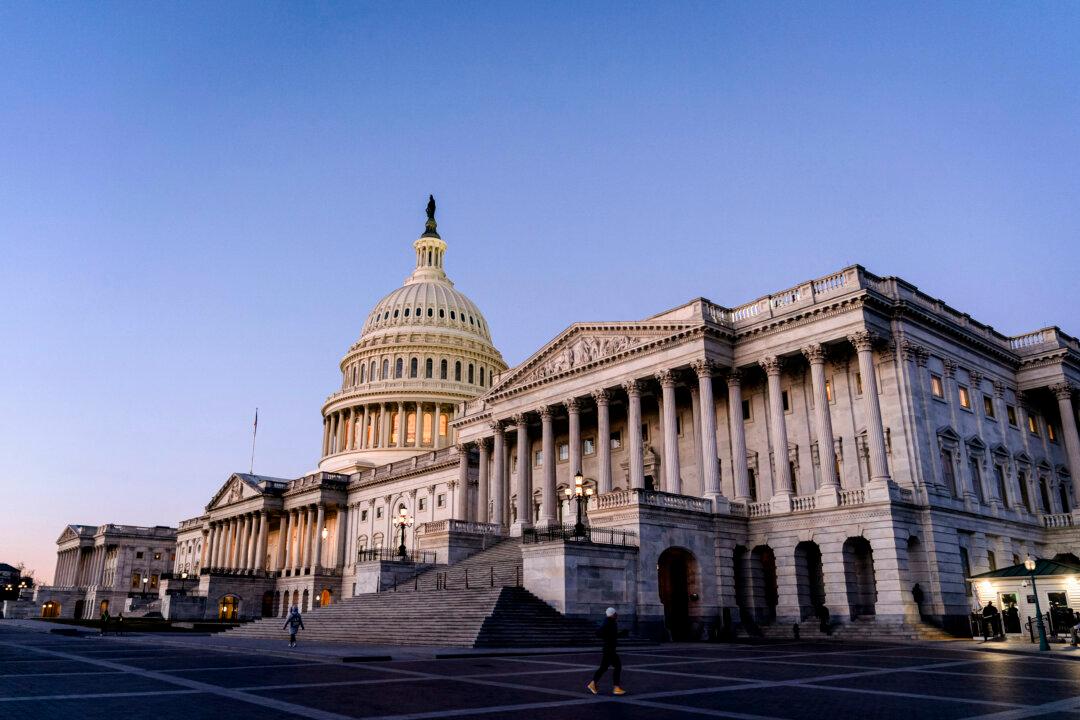Hong Kong on Jan. 28 announced it will drastically cut cross-border travel from the mainland in an effort to curb the spread of the coronavirus to the Asian financial hub.
All rail links with the mainland will be cut from Friday with the closure of both the high-speed rail station and the regular train station, Chief Executive Carrie Lam said in a Tuesday press conference.
Flights to and from the mainland will also be halved, cross-border tour buses will be reduced, and cross-border ferries will be stopped. Beijing will also stop issuing tourist visas for mainlanders. The regulations will take effect on midnight Thursday.
The measures come amid growing calls from local lawmakers and health experts for a total border shut down—which North Korea and Mongolia have done—to control the virus’ spread.

Previously, the Hong Kong government said it would only bar entry to Hubei residents or non-Hong Kong residents who visited the province in the last 14 days.
The city currently has eight confirmed cases of the virus.
Far eastern Russian regions will also close their borders with China until Feb. 7, Tass news agency said, citing the regional government.
Evacuations
A growing list of countries are planning to evacuate their citizens from the central Chinese city of Wuhan, the epicenter of the outbreak.A chartered plane taking out U.S. consulate staff was set to leave Wuhan on Wednesday, a spokeswoman at the U.S. embassy in Beijing said.
Japan and South Korea said they would send planes to Wuhan this week to evacuate their citizens. France, Mongolia and other governments also planned evacuations.
The head of the World Health Organization (WHO), Tedros Adhanom Ghebreyesus, however, said in a meeting with China’s foreign minister in Beijing on Tuesday, that the body did not advocate for countries to evacuate their citizens from China, according to a statement from the foreign ministry.
A WHO panel of 16 independent health experts twice last week declined to declare the outbreak an international health emergency.
The U.S. Centers for Disease Control (CDC) earlier this week expanded their recommendation for people to avoid non-essential travel to any part of China, rather than just Wuhan and other areas most affected by the outbreak. There are currently five confirmed cases in the United States, and the CDC is monitoring more than 100 people across 26 states for the coronavirus.
The WHO said only one of 45 confirmed cases in 13 countries outside China involved human-to-human transmission, in Vietnam. But a Japanese official said there was a suspected case of human-to-human transmission there too.
Chinese health officials earlier confirmed that the coronavirus is infectious during the incubation stage, which can last up to 14 days—meaning that it is transmissible even when an infected person is exhibiting no symptoms.
The development has fueled escalating concerns over the Chinese regime’s ability to contain the spread of the outbreak, which has already reached nearly all of China. It has also raised questions about whether current screening measures, focused on measuring body temperature, can adequately detect the disease.
The coronavirus family includes the common cold but also more severe illnesses, such as SARS and Middle East Respiratory Syndrome. The new virus causes cold- and flu-like symptoms, including cough and fever, and in more severe cases, shortness of breath and pneumonia. Although other non-respiratory symptoms, such as diarrhea and chest pains, have been noted in patients in China.
The virus is thought to have spread to people from wild animals sold at a Wuhan market. China on Sunday banned trade in wild animals and urged people to stop eating meat from them.





